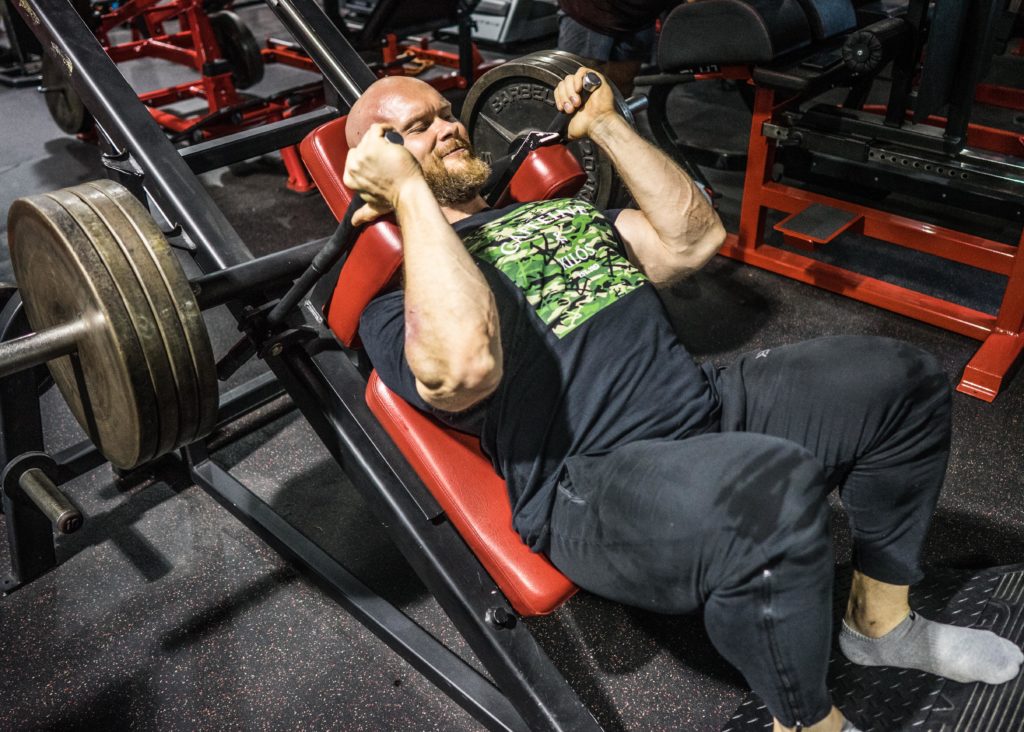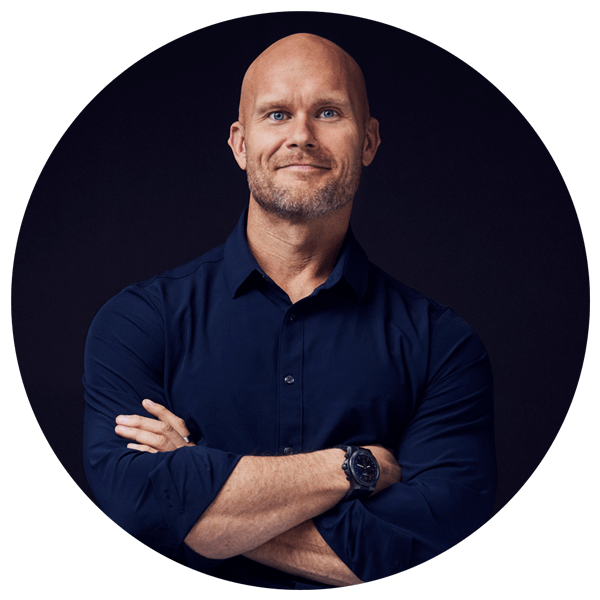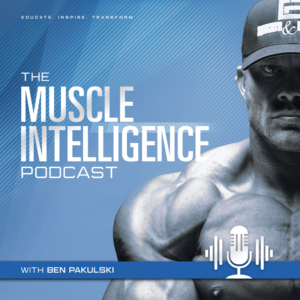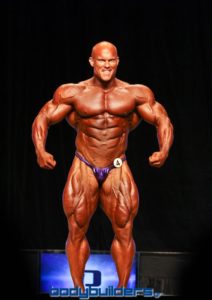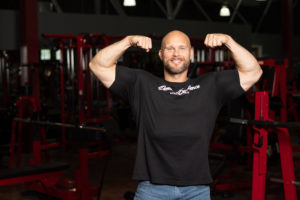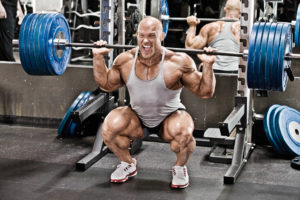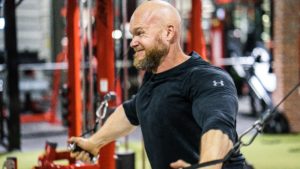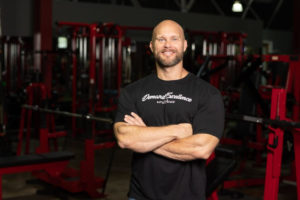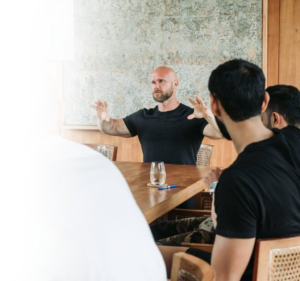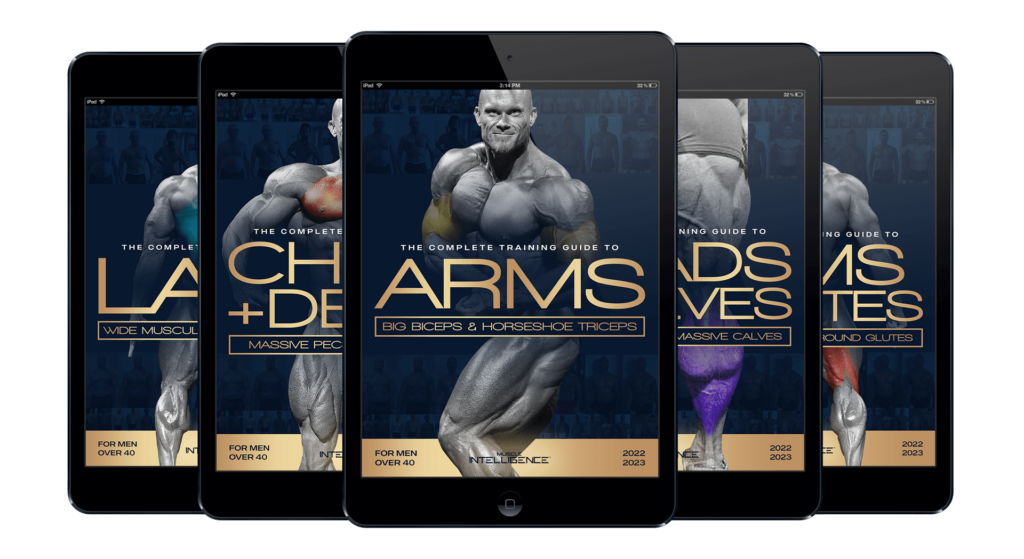This is an excerpt from Muscle Intelligence Podcast 078 – The role of your brain in optimal posture and body mechanics: a discussion with Posturepro founder Annette Verpillot. This excerpt has been edited for clarity.
[00:41:08] Ben Pakulski: So, what we’re wearing on our feet these days seems to be just an atrocity as far as what it’s doing to our posture. I’d love for you to talk to that.
[00:41:16] Annette Verpillot: Yeah. Unfortunately, we’re putting our feet in coffins on a daily basis. There is a powerful sensory connection between our feet and our brain. When we’re wearing footwear that prevents us from developing or tapping into that proper gate (which is landing on your heel, then on the lateral band of your foot, and then on your toes 5, 4, 3, 2, 1 with the takeoff with the big toe) and we’re wearing shoes that are squeezing our toes, we’re compromising our gate.
You have sensory receptors in the skin of your feet. Well, you actually have them all over your skin, right? But in the skin of the feet specifically, these sensory receptors are there to tell your brain about pressure, about stretch, about what type of ground that you’re walking on.
So if you’re already creating a support in that foot [with inserts], some of these sensory receptors, these mechanoreceptors are going to get numbed out and are not going to be able to send proper information to your brain in terms of what type of ground you’re actually walking on. Ultimately, at the end of the day what that translates to is improper mechanics of the lower body, which affects your spinal column, which affects the position of your head and goes back down to your – Or goes back up I should say and back down to your postural stability.
So it’s really like a loop. It starts with the feet and then it goes up to your brain and then the brain processes this information, and then the motor command goes back down and this is what we call a motor pattern, a faulty motor pattern. You learn to move and live with a posture that is already compromised, and this is when we’ll have clients that will say to us, “Oh, I’m used to being this way. I’ve noticed my shoulder is lower. I’m always thinking about standing straight and I’m unable to correct myself.” That’s when the motor pattern has become permanent.
In order to reverse that—and the terminology we like to use is to rewire the brain—is simply by changing the input going to the brain so that we have an impact on that cerebellar pathway, on that motor pathway, so that the information, when it goes down to the muscular system, is symmetrical and coherent. That also involves the sympathetic system, the parasympathetic system, and our ability to be able to control our movement and our even our emotions.
BP: Do you recommend most of your time barefoot for most people or people who have existing foot abnormalities? Should they be looking at things like orthotics to fix the structural issues before they go barefoot?
AV: I am a big believer of walking bare feet. I’m not a big fan of orthotics simply because, again, if we base ourselves back into what the orthotic is really trying to do is to change the shape of the foot, and position the mid foot into a certain position. But from a central nervous system perspective, it’s actually numbing down the information that those mechanoreceptors are sending the brain. So in essence, you’re cutting proprioception to your brain.
In my opinion, that’s not really a good thing, since proprioception activates the brain. I’ll just leave it at that and let people to decide whatever is best for them. Then as far as developing the foot, certainly with children, I like to say that when you bring your child to kindergarten, obviously your child needs to have proper footwear. There are some shoes that are extremely flexible; you can literally roll them up like a towel, to not to restrict movement of the foot. I’d say that those are crucial things that should be looked for if we’re looking to have optimal development of our brain.

